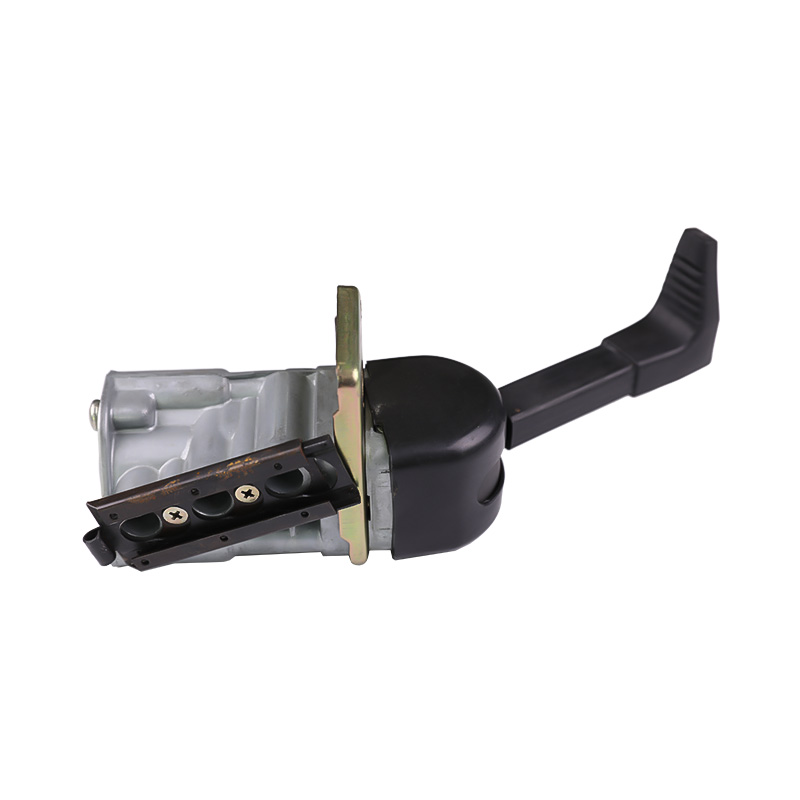Seals and O-rings are critical components within a Brake Foot Valve, playing a vital role in maintaining the integrity of the hydraulic brake system. These seals and O-rings ensure that brake fluid remains contained within the valve and the brake system, preventing leaks and maintaining hydraulic pressure.
Purpose of Seals and O-Rings:
Leak Prevention: The primary function of seals and O-rings in a Brake Foot Valve is to prevent the escape of brake fluid. Brake fluid is essential for transmitting hydraulic pressure from the valve to the brake calipers or wheel cylinders, and any leakage can compromise braking performance and safety.
Contaminant Exclusion: Seals and O-rings also act as barriers against external contaminants such as dirt, dust, moisture, and debris. Keeping these contaminants out of the brake system is crucial, as they can degrade the quality of the brake fluid and damage internal components.
Types of Seals and O-Rings:
Static Seals: These seals are designed to create a static barrier between two non-moving parts of the Brake Foot Valve. They are commonly used in areas where components are stationary relative to each other, such as sealing the valve housing.
Dynamic Seals: Dynamic seals, on the other hand, are used in areas where there is relative motion between components. For instance, they are employed to seal the interface between the moving piston and the stationary housing as the piston moves back and forth.
Materials Used:
Nitrile Rubber (NBR): NBR seals and O-rings are commonly used in brake systems due to their compatibility with brake fluid and resistance to swelling or degradation. They are suitable for most hydraulic brake applications.
Ethylene Propylene Diene Monomer (EPDM): EPDM rubber is known for its resistance to heat and weathering. It is sometimes used in seals for brake systems that may be exposed to harsh environmental conditions.
Viton (Fluoroelastomer): Viton is a high-performance elastomer known for its resistance to extreme temperatures and chemicals. It is used in specialized applications where exceptional resistance to heat and chemical exposure is required.
Installation and Maintenance:
Seals and O-rings in a Brake Foot Valve should be installed with care to ensure a proper seal. Lubricants compatible with brake fluid may be used during installation to ease the fitting process.
Regular maintenance and inspection are essential to monitor the condition of these seals and O-rings. Any signs of wear, damage, or degradation should be addressed promptly to prevent brake fluid leaks and potential brake system failures.
During brake system maintenance or repairs, it's common practice to replace seals and O-rings as part of routine service to maintain the integrity of the brake system.
Seal and O-Ring Failure Signs:
Brake Fluid Leaks: The most obvious sign of seal or O-ring failure is the presence of brake fluid leaks, which can often be seen around the Brake Foot Valve or other brake system components.
Reduced Braking Performance: Seal or O-ring failure can lead to reduced hydraulic pressure, resulting in decreased braking performance, longer stopping distances, or a soft brake pedal feel.
Contaminated Brake Fluid: Contaminated brake fluid, which may appear discolored or have particles in it, can also indicate seal or O-ring degradation.






